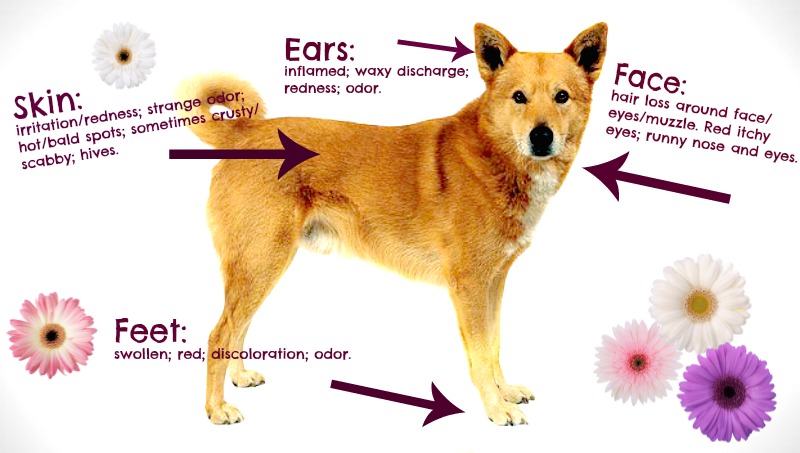Dealing with Pet Allergies: Strategies for Managing Allergic Reactions in the Household
Pets bring joy, companionship, and unconditional love into our lives, but for some individuals, pet allergies can present a significant challenge. Managing allergic reactions in a household with pets requires careful planning, proactive measures, and effective strategies to ensure the well-being of both the allergic individual and their beloved furry friend. In this guide, we'll explore practical tips and solutions for dealing with pet allergies and creating a harmonious living environment for everyone in the household.


Understanding Pet Allergies
Educate yourself about pet allergies, including common triggers, symptoms, and risk factors. Pet allergies are typically triggered by proteins found in pet dander, saliva, and urine, and can manifest as sneezing, itching, congestion, watery eyes, and respiratory symptoms in allergic individuals.
Consultation with Healthcare Professionals
Seek guidance from healthcare professionals, such as allergists or immunologists, to accurately diagnose pet allergies and develop a personalized treatment plan. Allergy testing, including skin prick tests and blood tests, can help identify specific allergens and inform appropriate management strategies.
Pet Allergen Reduction Strategies
Implement pet allergen reduction strategies to minimize exposure to allergens in the household. This may include regular grooming and bathing of pets to reduce dander and saliva buildup, frequent vacuuming and cleaning of floors and furniture, and investing in high-efficiency particulate air (HEPA) filters to trap airborne allergens.
Creating Allergy-Free Zones
Designate allergy-free zones within the home where allergic individuals can retreat to minimize exposure to pet allergens. This may include keeping pets out of bedrooms and other sleeping areas, using allergen-proof bedding and pillow covers, and maintaining strict hygiene practices to prevent allergen transfer.
Air Quality Improvement
Improve indoor air quality to reduce allergen exposure and alleviate symptoms. In addition to using HEPA air purifiers, consider increasing ventilation, regularly changing HVAC filters, and keeping humidity levels low to discourage the growth of mold and mildew, which can exacerbate allergies.
Medication and Immunotherapy
Explore medication options, such as antihistamines, nasal corticosteroids, and decongestants, to manage allergy symptoms effectively. In severe cases, allergists may recommend allergen immunotherapy (allergy shots) to desensitize the immune system and reduce allergic reactions over time.
Behavioral and Lifestyle Modifications
Encourage behavioral and lifestyle modifications to minimize allergen exposure and promote overall well-being. This may include washing hands frequently after interacting with pets, avoiding close contact with pets during peak allergy seasons, and practicing good pet hygiene to reduce allergen buildup.
Open Communication and Support
Foster open communication and support within the household to address the challenges of living with pet allergies. Encourage empathy, understanding, and cooperation among family members to create a supportive environment where everyone's needs are respected and accommodated.


Living with pet allergies requires proactive management, patience, and understanding from all members of the household. By implementing effective strategies for reducing allergen exposure, seeking guidance from healthcare professionals, and fostering open communication and support, families can create a safe and comfortable living environment where pets and allergic individuals can coexist harmoniously, enriching each other's lives with love and companionship.












